
The Kelp Congress, Lofoten International Art Festival, Svolvær
A biennale set in the spectacular landscapes of Lofoten calls for a site-specific mindset. The curatorial team behind LIAF 2019 presented artists who, each in their own way, explore how art and landscape can be part of a mutually rewarding, rather than destructive, relationship. The Kelp Congress offered many opportunities to see, taste, and interact with seaweed. One particular highlight was the live-streamed performance-lecture So Tired, the Sea featuring Australian scholar Astrida Neimanis. Parts of the regular exhibition called me back for several repeat visits, especially Trygve Luktvasslimo’s film Shallow Water Blackout, which uses weirding deadpan-theatrical language to speak of the looming climate crisis. One punchline, said by a young blue-haired rebel, was: “I feel Greta!”

Mette Edvardsen, Time has fallen asleep in the afternoon sunshine – A library of living books, The Oslo Biennial
In the future society described in Ray Bradbury’s novel Fahrenheit 451 (1953), books have been banned. However, the ban prompts the emergence of an underground culture where groups of people learn books by heart. Choreographer and dancer Mette Edvardsen’s work recreates this situation, allowing visitors to book a reading of a living book. Passing through Oslo one day, I had a choice between The Satanic Verses (1988) by Salman Rushdie, or an unpublished work called Dagbok by Margit Slaatto, memorised by her son, Martin. I chose the latter, and it proved a fun and poignantly moving reading experience.

Matias Faldbakken, Vi er fem, Forlaget Oktober
The novel, whose title translates as We are Five, addresses classic tropes concerning Dr. Frankenstein’s hubris in creating his monster, as recounted in Mary Shelley’s 1818 novel, but Faldbakken’s golem is also a soft robot. Can a robot achieve an independent identity and become part of a family and society? The lump of clay is anthropomorphised and ridiculed in the village community – neither a robot nor a dog can become real citizens and gain autonomy – but the clay creature’s maker arrives at a crucial choice in the end: he sacrifices something very dear to this amorphous, awkward being, who proceeds to unshackle itself from its subservient position and begins to climb the social ladder.
Susanne Christensen is an author based in Copenhagen and a regular contributor to Kunstkritikk. Her latest book, Leonoras reise (Leonora’s Journey), on the surrealist painter and writer Leonora Carrington, was published by Forlaget Oktober this fall. Starting in 2020, Christensen will be the new editor of Norsk Kunstårbok (Norwegian Art Yearbook).
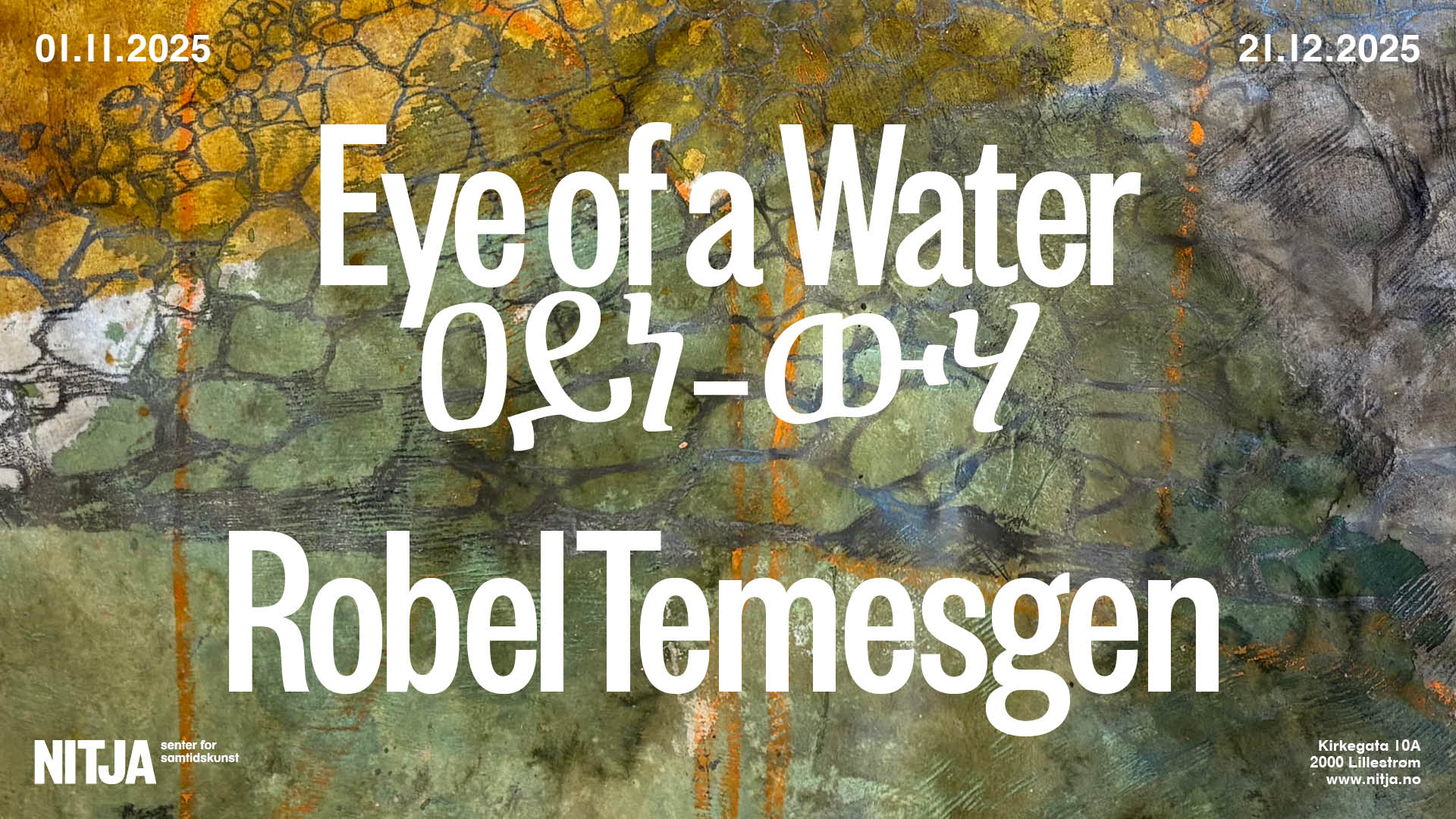







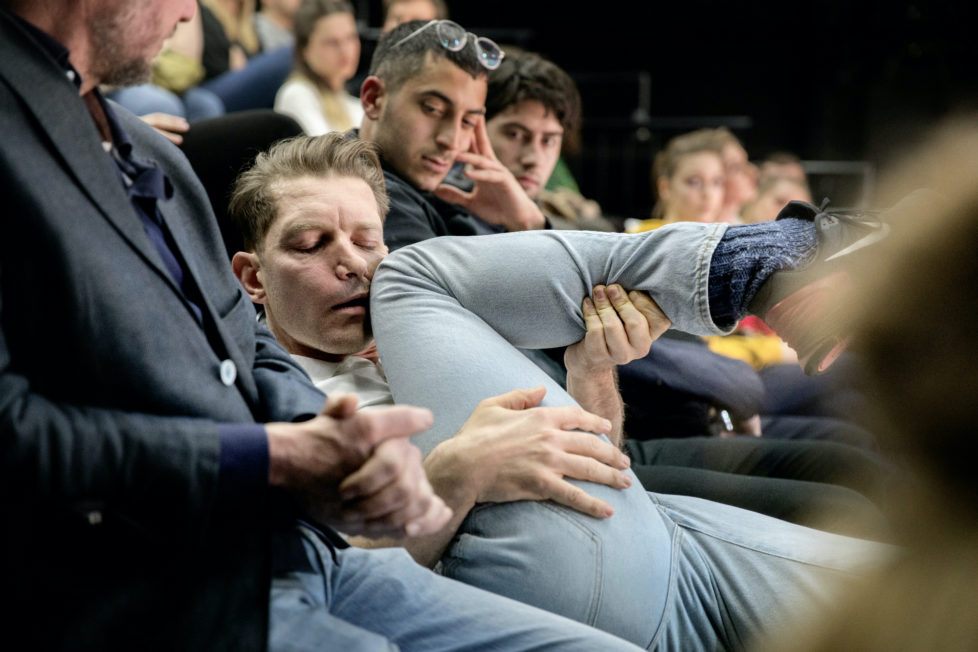
















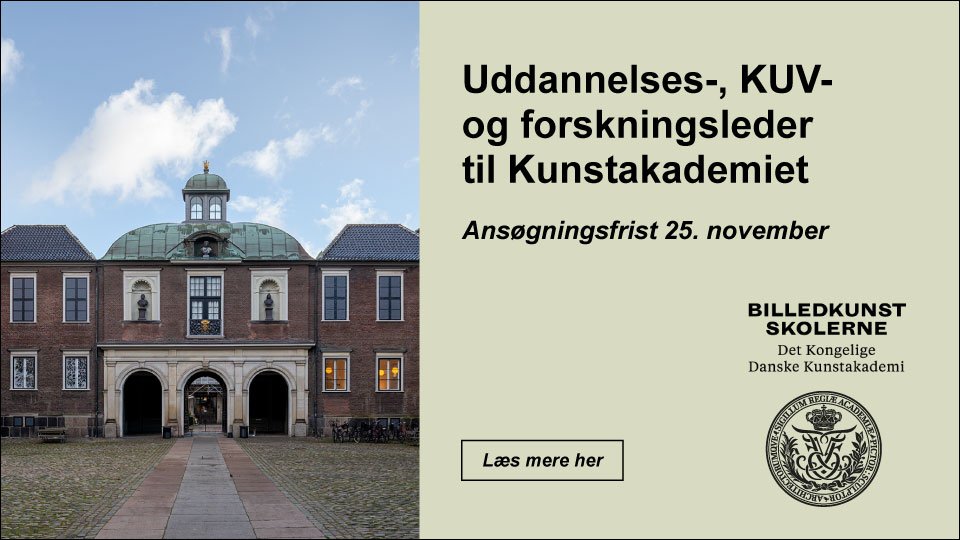
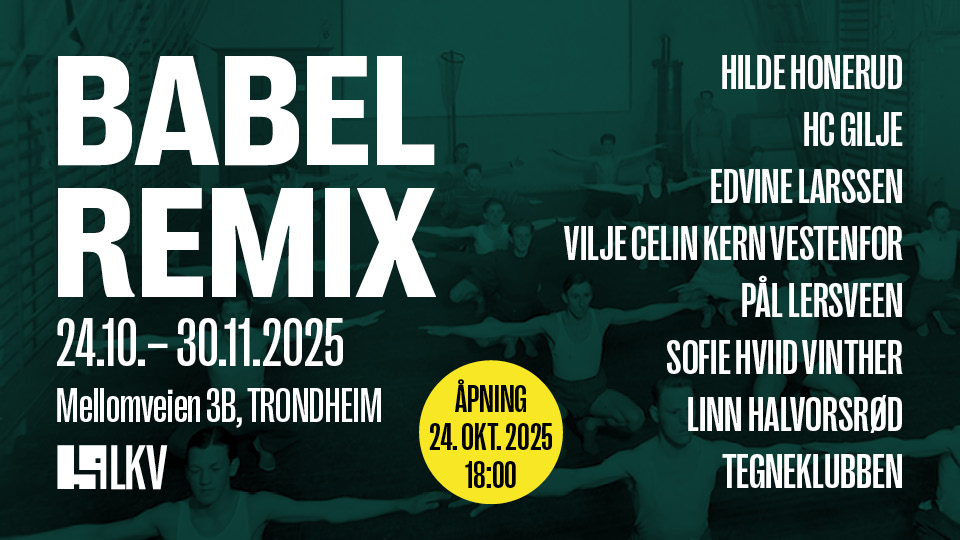
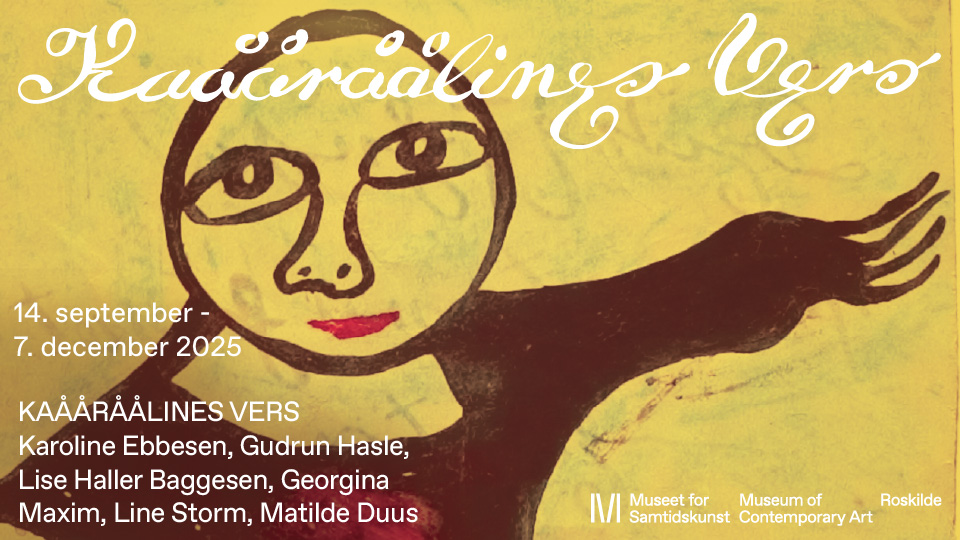
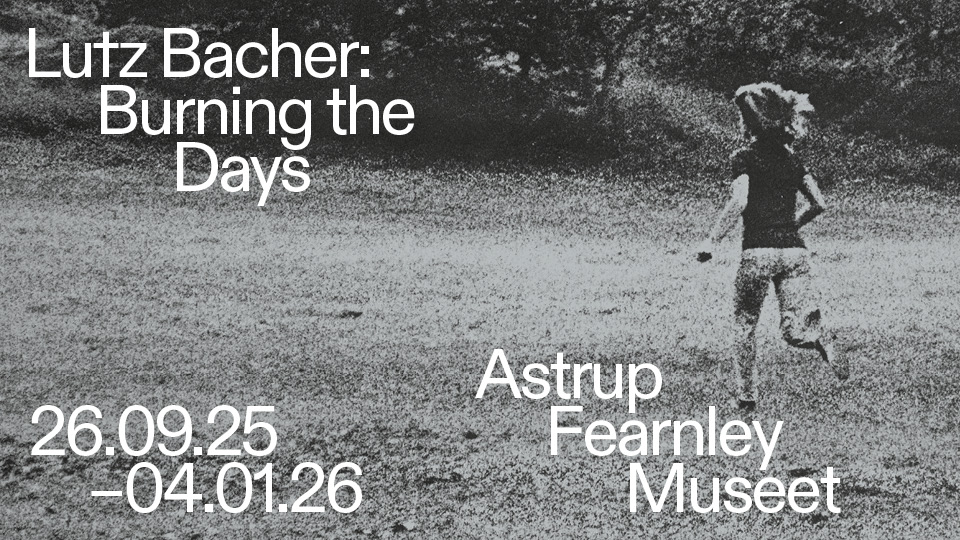
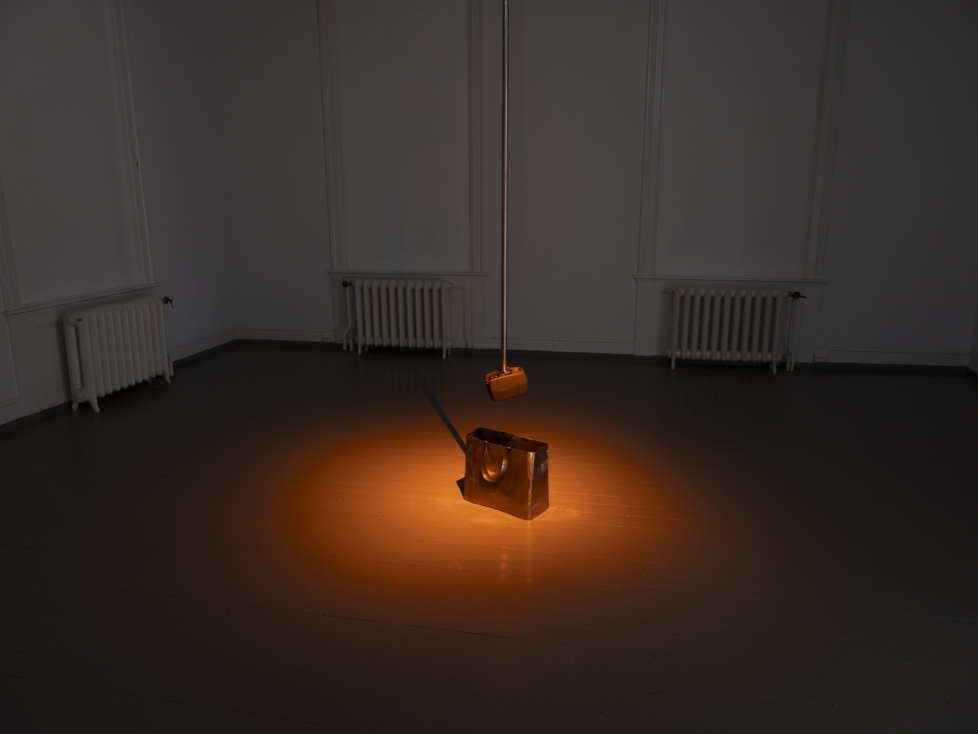
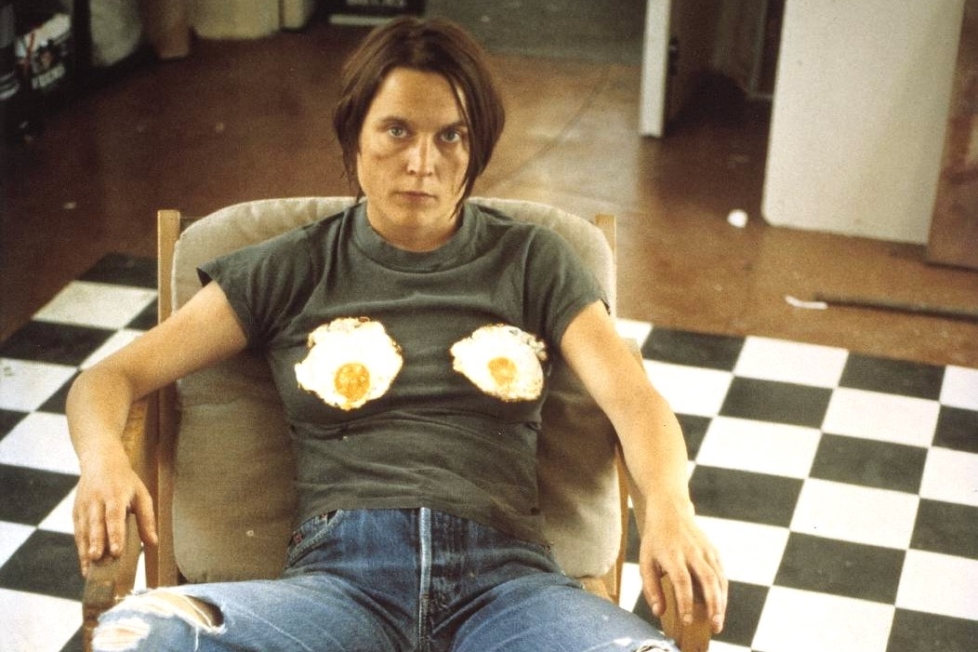
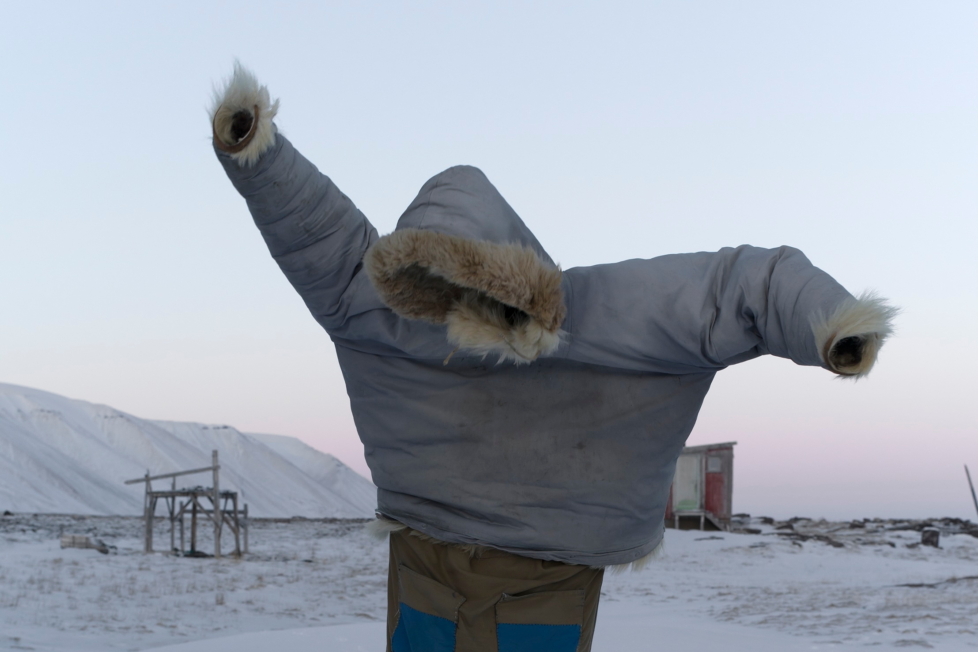
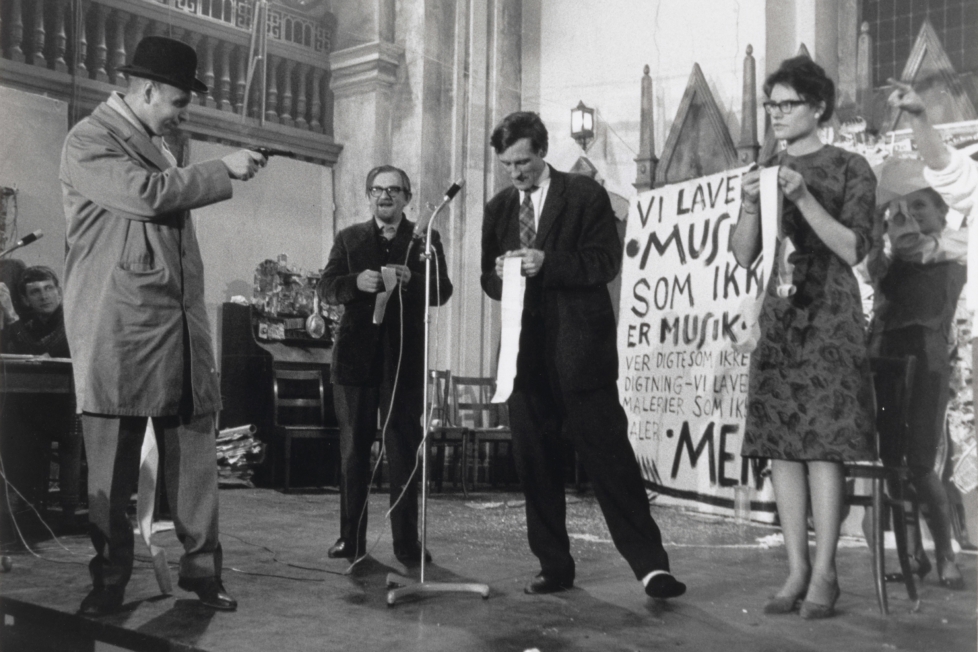
Diskussion